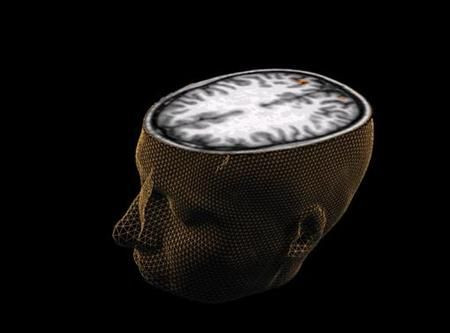A 'Higher' State Of Consciousness? Psychedelics Boost Brain's Signal Diversity, Scans Reveal

In the 1960s, psychedelics like LSD and psilocybin (magic mushrooms) were often touted as "enlightenment" drugs that could awaken its users to a higher level of consciousness. Now, on the 74th anniversary of the world's first acid trip, scientists have confirmed, to an extent, what hippies have long claimed — psychoactive drugs do induce an "elevated" level of consciousness, as measured by a metric known as neural signal diversity.
Neural signal diversity, which is a measure of the complexity of brain activity, provides a mathematical index of the level of someone’s consciousness. Although scientists have previously shown that people who are awake have more diverse neural activity than those who are asleep or in a vegetative state, this is the first time a measurement of signal diversity higher than the baseline has been observed.
"This finding shows that the brain-on-psychedelics behaves very differently from normal. During the psychedelic state, the electrical activity of the brain is less predictable and less ‘integrated’ than during normal conscious wakefulness – as measured by 'global signal diversity,'" Anil Seth from the University of Sussex, and the co-author of a study detailing the findings, said in a statement. "Since this measure has already shown its value as a measure of ‘conscious level’, we can say that the psychedelic state appears as a higher ‘level’ of consciousness than normal – but only with respect to this specific mathematical measure."
For the purpose of their study, the researchers focused on three drugs — lysergic acid diethylamide (LSD), ketamine and psilocybin. LSD was administered to 15 healthy subjects, ketamine to 19 and psilocybin to 14. Even after accounting for placebo effects, the researchers found evidence of more random brain activity among the participants while under the influence — activity that was associated with thoughts and sensations like "my perception of time was distorted," "a sense of merging with my surroundings," and "the experience had a spiritual or mystical quality."
However, it should be noted that the neural activity did not, in any way, indicate that the psychedelic state is a better or more desirable state of consciousness, only that it is something distinct and worth studying further using more sophisticated and varied techniques.
"People tend to associate phrases like ‘a higher state of consciousness’ with hippy speak and mystical nonsense. This is potentially the beginning of the demystification, showing its physiological and biological underpinnings," co-author Robin Carhart-Harris from Imperial College London told the Guardian. "Maybe this is a neural signature of the mind opening."
In addition, the research could also open the doors to more extensive research on how drugs like psilocybin can be used to cure depression and anxiety — something that previous studies have hinted at — and what the neural basis of these elevated states of consciousness is.
"Rigorous research into psychedelics is gaining increasing attention, not least because of the therapeutic potential that these drugs may have when used sensibly and under medical supervision," Carhart-Harris said in the statement. "The present study’s findings help us understand what happens in people’s brains when they experience an expansion of their consciousness under psychedelics. People often say they experience insight under these drugs – and when this occurs in a therapeutic context, it can predict positive outcomes."
© Copyright IBTimes 2024. All rights reserved.






















